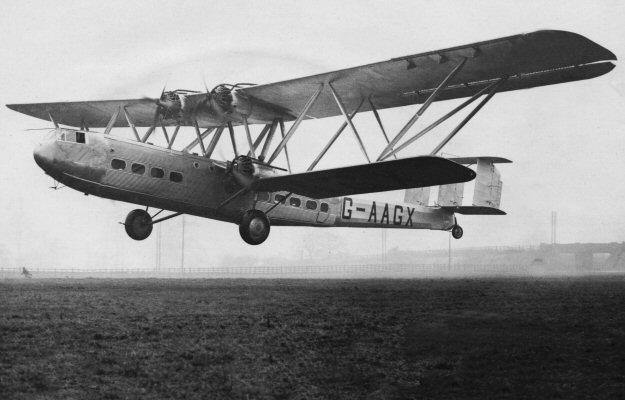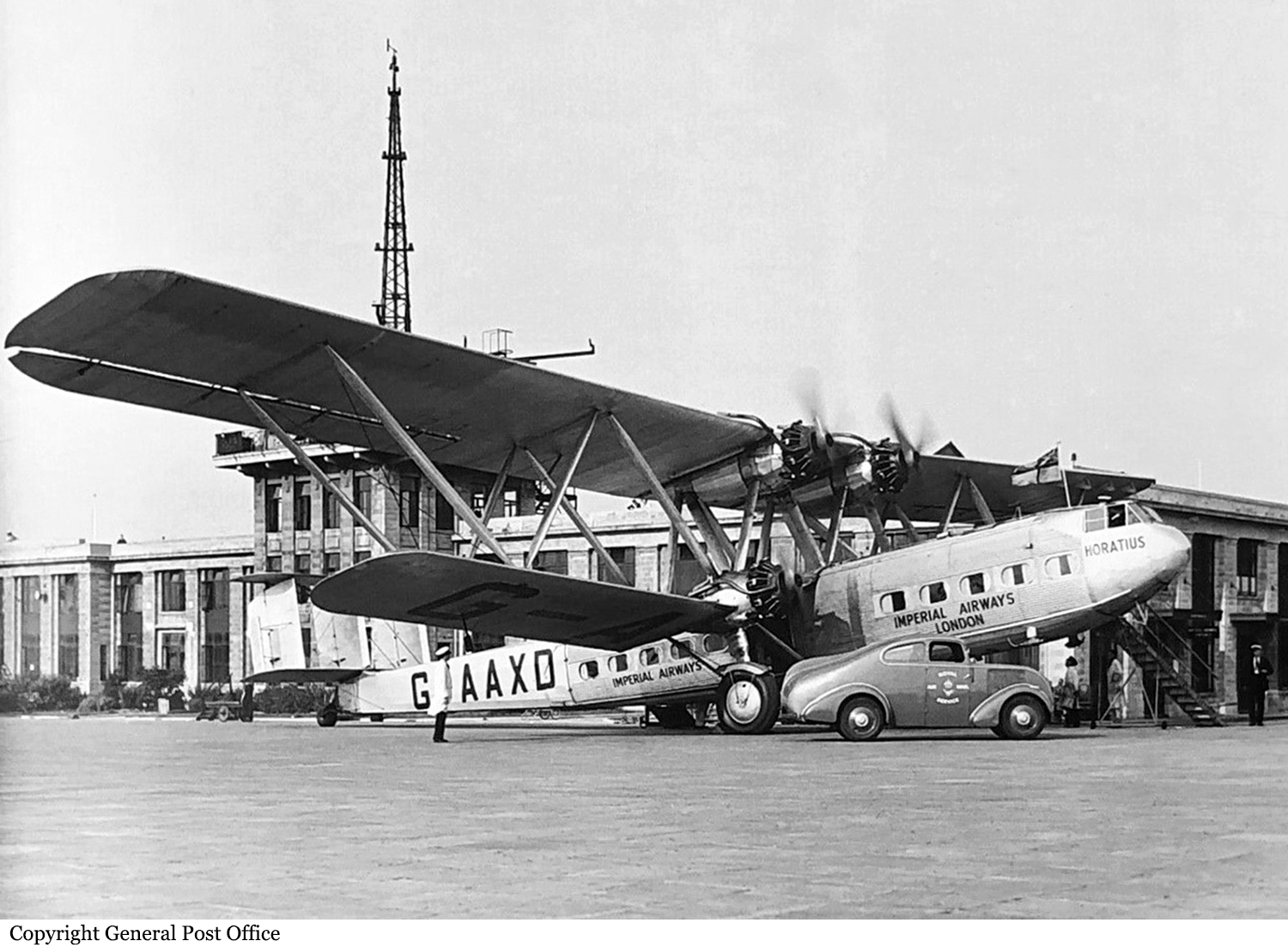Crash of a Handley Page H.P.42 in Moresby Parks
Date & Time:
Aug 7, 1940
Registration:
AS981
Survivors:
Yes
MSN:
HP.42/4
YOM:
1929
Crew on board:
0
Crew fatalities:
Pax on board:
0
Pax fatalities:
Other fatalities:
Total fatalities:
0
Circumstances:
An engine caught fire in flight, forcing the crew to reduce his altitude and to attempt an emergency landing. The four engine aircraft crash landed in a pasture located in Moresby Parks, northeast of Whitehaven, bursting into flames. All occupants evacuated safely and the aircraft was destroyed by a post crash fire and several explosions that occurred past the mishap. It was confirmed by the RAF that the aircraft was carrying ammunition boxes.
Probable cause:
Engine fire in flight.



